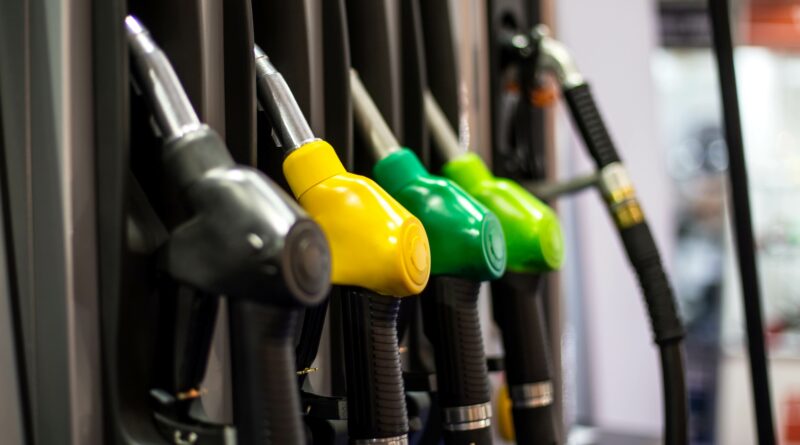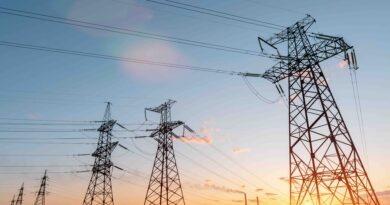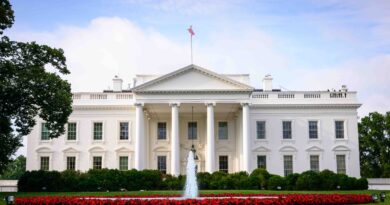Charging Infrastructure ‘Biggest Bump in the Road’ for Electric Vehicle Take-up
the global charging infrastructure is the biggest barrier to take up EV.
According to Reuters, as well as depot-based charging infrastructure, fleets also need to be able to tap into public charging networks when they’re out on the road. In the UK, there are plans to install 300,000 charge points by 2030, but Pamma points out that “it’s important not to focus on the absolute number but that they are in the right place”.
“One of the things that is stopping people putting in infrastructure at the moment is that they don’t know how much it is going to be used,” Pamma adds. She hopes that new financing such as pay-on-use, which can offset the initial outlay on infrastructure by staggering repayments depending on how often it is used, will help take “the risk away from people building in advance of needs”.
With McKinsey estimating that the market for fleet-charging services in the U.S. alone could be worth $15 billion a year by 2030, it’s little surprise that individual car manufacturers are also getting in on the act. Following Tesla’s decision to make its proprietary Supercharger network available to all vehicles, not just its own, Mercedes is the latest company to enter the market. In January it unveiled plans to install 10,000 recharging hubs, open to all EV users, across the globe by the end of the decade.
Without this public network, range anxiety will remain an issue, says Buttar, even if many EVs can now travel up to 500km between charges. “Sometimes you will need additional range – and if you don’t have public charging infrastructure spread out enough, you don’t have the confidence… so you take an ICE vehicle instead, and that’s counterproductive,” he says.



